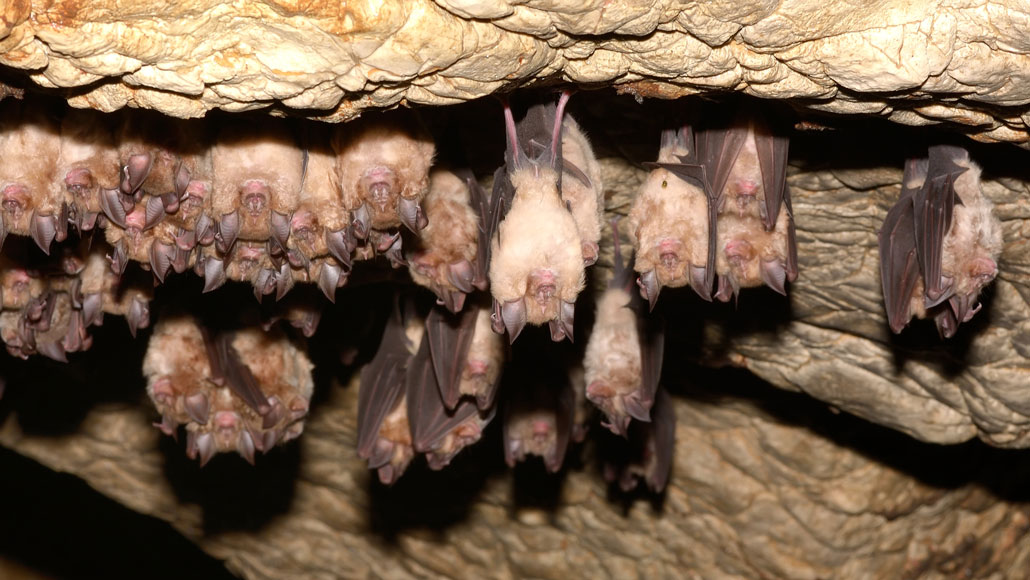Questions for “One key change may have helped the coronavirus become a global menace”

Scientists don’t know exactly where the coronavirus came from. But a new study pinpoints a mutation that may have helped a bat coronavirus jump to humans. The greater horseshoe bat (Rhinolophus ferrumequinum, shown) is one bat species known to carry coronaviruses.
Remus86/istock/Getty Images Plus